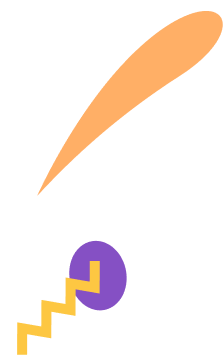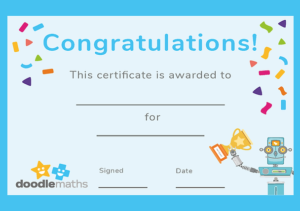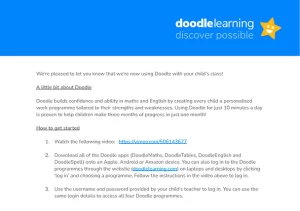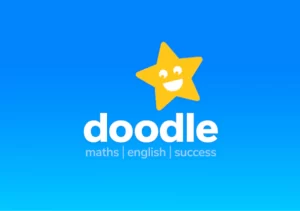
Engagement

Engagement
Engagement
Certificates
Certificates
Printable certificates to award to children in celebration assemblies
Printable certificates to award to children in celebration assemblies
Top Doodlers Display
Top Doodlers Display
Use our free classroom display to celebrate your Top Doodlers
Use our free classroom display to celebrate your Top Doodlers
Classroom poster
Classroom poster
Put this poster up in classrooms to remind children to Doodle daily
Put this poster up in classrooms to remind children to Doodle daily
Reminder letters
Reminder letters
Send out these ready-made letters to remind parents of their login details and the benefits of Doodle
Send out these ready-made letters to remind parents of their login details and the benefits of Doodle
DoodleStore
DoodleStore
Order Doodle goodies for rewarding your Top Doodlers
Order Doodle goodies for rewarding your Top Doodlers
School challenges
School challenges
Take part in our annual challenges or run your own with our ready-made tracking sheets
Take part in our annual challenges or run your own with our ready-made tracking sheets
Assembly slides
Assembly slides
Ready-made slides to celebrate students achievements in assembly
Ready-made slides to celebrate students achievements in assembly
Newsletter images
Newsletter images
Share these in a newsletter or email to celebrate your pupils’ success
Share these in a newsletter or email to celebrate your pupils’ success












